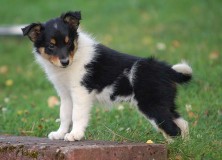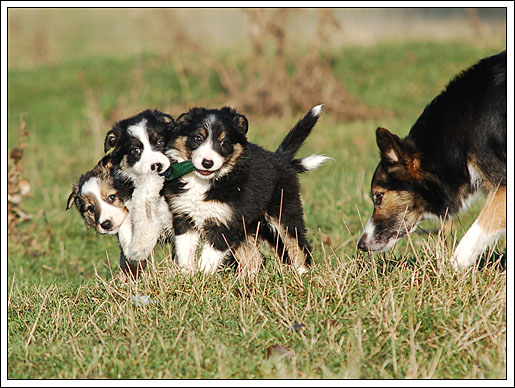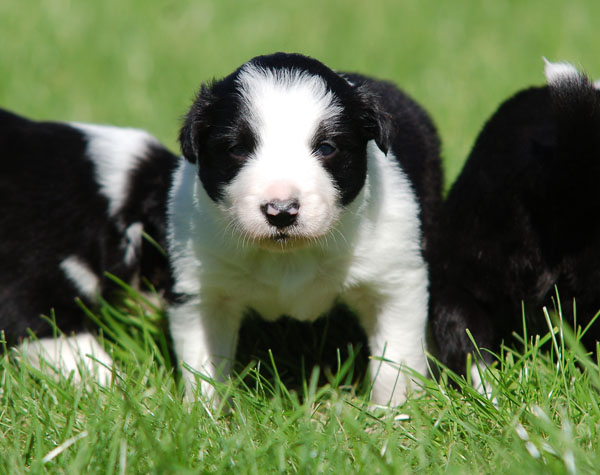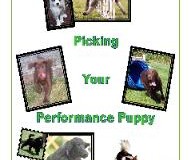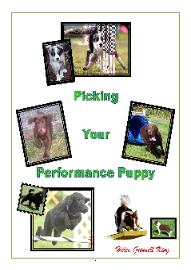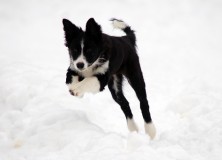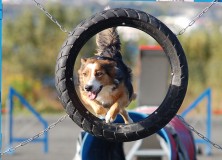
4 – And the winner is…
The winner of the e-book Picking Your Performance Puppy is AnnaKarin Nordangård! I used an online random number generator to pick a winner. AnnaKarin is getting a new puppy in a few weeks, so I hope she’ll have some use for the book. This is the video that AnnaKarin picked as her favorite is this one:
I can’t believe it’s almost four years ago. Pi was just a puppy and we lived in another house in another country.
Talking about different countries, there is a lot of discussion in both Norway (Where Thomas is from, and where we used to live) and Sweden (where I’m from and where we live now) about how to best organize the sport of agility. I think that both countries need agility organizations that are associated with the Kennel Club, but still does it’s own thing and has a strong democracy where the agility handlers make the calls. There are a lot of decisions made about agility that I’m sure that most agility handlers don’t agree on. One of those decisions is that you from this year has to be a Norwegian citizen to compete in the Norwegian Championships (which, incidentally was won by a Finn living in Norway two years ago…). I’m glad that I’m not still living there. Another is that the Norwegian Championships are held at Norway’s biggest dog show – indoors on a carpet so bad that a lot of people chose not to come.
Things are not quite as bad in Sweden, but there is still a great need for more democracy here. Agility is run by the Swedish Working Dog Association (SBK), an organization that has a long and proud history of educating Swedes about dogs, breeding working dogs and organizing working trials and obedience trials. The Swedish Working Dog Association (SBK) is a part of the Swedish Kennel Club (SKK). I have been a member of SBK for over 15 years and have always been proud of the incredible tradition we have in this country. Every town has it’s own club with big green fields and nice house. But SBK and agility is not a good match. An organization that also deals with breeding certain breeds, organizing working trials, evaluating mentality in dogs and educating dogs for the military is just too big to rule over agility. We need more democracy and we need people concerned with agility making the decisions. I hope both Norway and Sweden will come to this solution soon.
If you read Scandinavian or if you’re good with translating texts online, here are some blog posts that talk about both problems and solutions:


